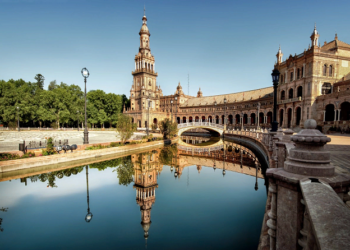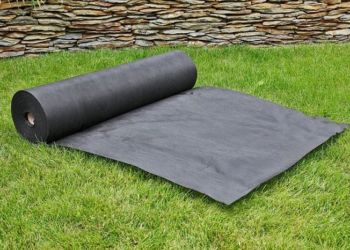In order for new wallpapers to decorate the interior of an apartment or private house, first of all, you should prepare the walls for gluing qualitatively.
Immediately you need to remove the old wall coatings. This can be done as follows: the wallpaper must be sprayed and pulled on the top of the wallpaper sheet and little by little to pry the spatula. In the event that the wallpaper is very old, they will be easy. Wet wallpapers are also easily removed and do not cause special troubles.
If you carry out the repair of the poplar, experts do not recommend using spatulas to remove wallpaper from dry walls, because you can seriously damage the plaster. The remnants of wallpaper glue can simply be washed off with a solution of soda with water and then sanded the wall with sandpaper.
To clean the white walls, you need to spend more efforts. Chalk must first be soaked with water, and after that the whitewashing layers must be gradually removed with spatulas. If a thin layer of chalk remains, then it can simply be blurred with water. Chalk you need to start washing off the upper part of the wall. To do this, you can use a foam sponge, rags and brushes for wallpaper.
The entire surface of the wall needs to be cleaned from the chalk, since new wallpapers will be very poorly glued. If the wallpaper is glued directly to whitewashing, then they will actually lag behind a few hours. If humidity occurs in the rooms, many bubbles will appear on the wallpaper, which will begin to burst when tensioning.
In the same way it is necessary to get rid of adhesive compositions on the walls. To clean the paint easier, it can be soaked with a 3 percent vinegar solution. That oil paint, which holds very firmly, can not be removed, but where it begins to be extended better to clean up and plunging.
The spots can be masked by patches from special aluminum foil or nitrolaki. Left spots can go to wallpaper after a while. All large holes and cracks need to be sealed with putty on a gypsum basis. Damaged plaster is corrected, and after that it is aligned and polished by sandpaper.
Wooden surfaces for gluing should be covered with a damp cloth, which must be fixed from below and from above with nails. When drying, the fabric will begin to stretch and become a kind of shield that will protect the wallpaper from deformations due to warping of the tree.
The walls need to be primed before gluing wallpaper, which will provide the best clutch of the wall and wallpaper sheets. You can stick wallpaper at an air temperature of more than 50 degrees Celsius. In this case, the walls should be dry. It is better not to glue the wallpaper in a room with a high degree of humidity. When gluing walls, you need to avoid drafts.
























